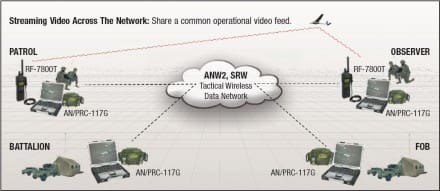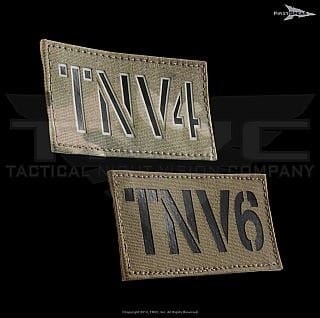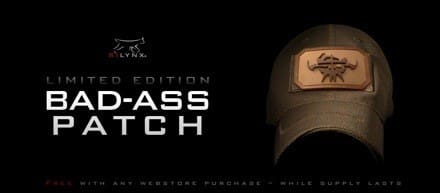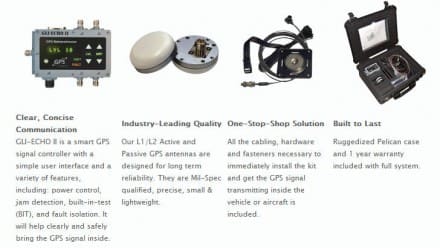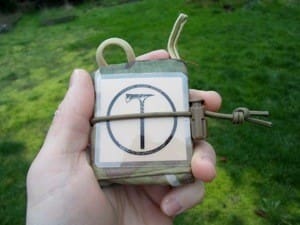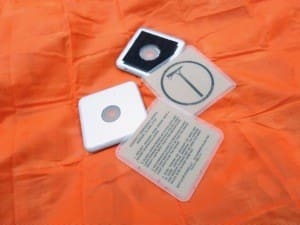Thales has made the following announcement –
Thales Communications, Inc., a global leader in the development, manufacture, and support of tactical communications products for warfighters and first responders, has appointed Aaron Brosnan as the company’s new Vice President of Business Development. Mr. Brosnan is responsible for developing and executing the company’s business development strategies and growing the company’s core business, including its next generation communications products.
Mr. Brosnan comes to Thales from SCI Technologies, Inc., a Sanmina-SCI company, where, as Vice President of Business Development, he was responsible for leading its new business initiatives in the areas of aviation communications systems and avionics products, ground tactical vehicular and command post communications systems, radiation detection systems, tethered fiber optic systems, and engineering services. Prior to SCI, Mr. Brosnan spent eight years with Thales, where he served in several key business development positions, most recently as Director, Business Development for Army Programs. While at Thales, he successfully led the initiatives in capturing naval and maritime communications programs and broadening the company’s product portfolio to include automated, integrated shipboard high frequency (HF) communication systems. He subsequently assumed responsibility for overseeing business in the areas of command, control, communications, computers, intelligence, surveillance, and reconnaissance (C4ISR) products and systems. Before joining Thales, Mr. Brosnan held senior management roles, both in engineering and business development, at Raytheon Systems in the US and the UK.
“Aaron has extensive experience in senior business development and key account management roles within the defense industry,” said Michael Sheehan, President and CEO of Thales Communications, Inc. “He is a highly accomplished, well-respected industry leader very focused on understanding customer needs, developing effective solutions, and ensuring the continuous delivery of top-quality products and services.”
Mr. Brosnan is a veteran of the U.S. Navy. He enlisted and was subsequently commissioned as a Naval Flight Officer. He graduated, with honors, from the U.S. Naval Academy with a Bachelor of Science degree in Ocean Engineering. He went on to receive a Masters of Engineering Management from The George Washington University.
Mr. Brosnan’s awards include the Navy Commendation Medal, Navy Achievement Medal, National Defense Service Medal, and Armed Forces Expeditionary Medal.
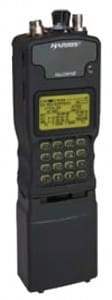 Analog and ROVER format friendly, the Situational Awareness Video Receiver (SAVR) from Harris is a portable, handheld ISR video receiver. It gives you access to over 95% of fielded downlinks from manned and unmanned secure air assets. In addition to acting as a stand-alone, handheld video receiver, the SAVR is compatible with other Harris multiband radios such as the AN/PRC-152A and the AN/PRC-117G. The 7800T can also inject streaming video into a tactical network. Additionally, it offers the JTRS compliant SCA 2.2 operating environment that keeps track emerging digital data link (DDL) and encryption standards through software-only upgrades. Planned upgrades include digital waveforms, streaming MPEG-4/H.264 over RNDIS USB Video, metadata output in CoT format and other useful visual augmentation of video feeds.
Analog and ROVER format friendly, the Situational Awareness Video Receiver (SAVR) from Harris is a portable, handheld ISR video receiver. It gives you access to over 95% of fielded downlinks from manned and unmanned secure air assets. In addition to acting as a stand-alone, handheld video receiver, the SAVR is compatible with other Harris multiband radios such as the AN/PRC-152A and the AN/PRC-117G. The 7800T can also inject streaming video into a tactical network. Additionally, it offers the JTRS compliant SCA 2.2 operating environment that keeps track emerging digital data link (DDL) and encryption standards through software-only upgrades. Planned upgrades include digital waveforms, streaming MPEG-4/H.264 over RNDIS USB Video, metadata output in CoT format and other useful visual augmentation of video feeds.

